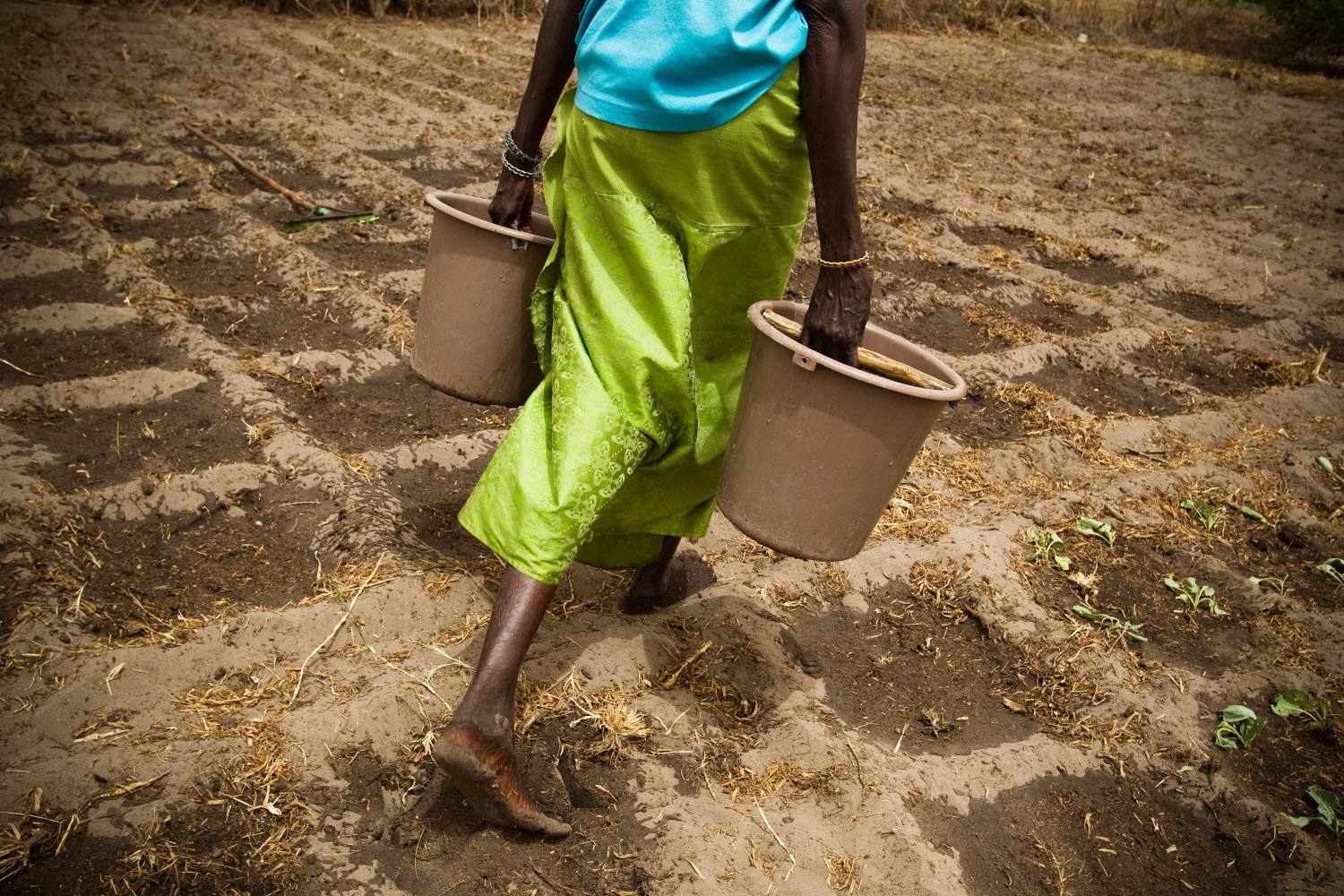Virtual Training on SDG Indicator 2.4.1. “Proportion of Agricultural Area under Productive and Sustainable Agriculture”
Virtual Event, 08/09/2020 - 15/10/2020

The overall goal of this virtual training was to provide capacity development for (government officials responsible for monitoring SDG indicator 2.4.1) on methodology, data collection, and analysis relevant to sustainable food and agriculture, as well as how to assess data gaps starting from available national and subnational (farm-level) information and associated reporting processes.
More specifically, the training, which took place between September and October 2020, aimed to:
- Provide technical training to national staff to increase their capacity in SDG indicator 2.4.1 methodology, compilation, and interpretation.
- Introduce the data collection tools (including alternative data sources).
- Identify available national and subnational farm level data, as well as other data that can be used to analyze sustainable food and agriculture.
- Understand data gaps.
- Discuss the country plans to collect data on the indicator in the short/medium/long term.
- Introduce additional mechanisms/frameworks to measure and monitor sustainable agriculture.
The online trainings brought together participants from six or more countries to share best practices and experiences. Furthermore, the trainings provided participants with a forum to discuss and share their strategies for overcoming potential challenges related to SDG indicator 2.4.1 data collection, analysis, and reporting.
Outputs
This virtual training assisted counterparts in evaluating the availability of national and sub-national data required to compute indicator 2.4.1, understanding its measurement challenges, and introducing effective data collection mechanisms, with the ultimate goal of providing a foundation for designing improved data-driven policies. More specifically, the following are the expected outcomes:
- Train national staff on the methodology and tools for SDG indicator 2.4.1, so that it can be adopted at the national level and reported to FAO.
- Assess the current situation in terms of data availability on the 11 sub-indicators of SDG 2.4.1 and discuss how data gaps can be closed.
- Assessment of country data status in terms of available national statistics of relevance for reporting on sustainable food and agriculture in other international contexts (SDGs, Climate Change, FAO) and as possible proxies for SDG indicator 2.4.1.
These assessments will be instrumental in planning and developing an action plan for national data collection and reporting.
